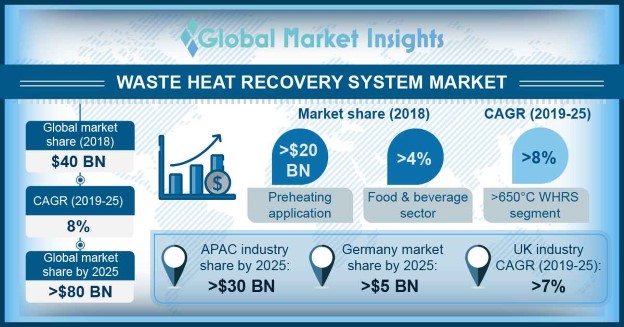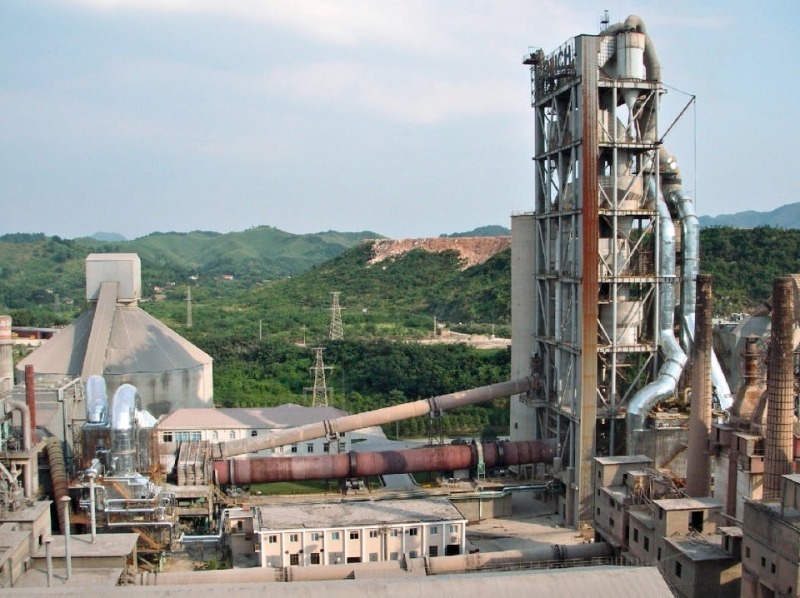This covered about 30 of factory power consumption contributing to a reduction of about 170 000 tons of co2 per year.
Waste heat recovery system in cement plant pdf.
The first step in planning to install a waste heat recovery system whrs is to work out the net available waste heat that can be used to generate power.
1428 1438 18 march 2011.
Waste heat is also available from the exhaust of diesel engines of dg set.
Hakan uvez asia cement plc thailand filmed at cemtech asia 2015 21 24 june grand hyatt bangkok thailand login required a full subscription to international cement review magazine is required to view videos.
Therefore after the efficiency of a cement plant has been driven to the economic optimum the remaining waste heat is converted into electricity.
A waste heat recovery system compris ing both steam and power turbines and combined with utilising scavenge air energy for exhaust boiler feed water heating.
Waste heat recovery system.
Rd d to advance waste heat recovery technologies.
U we delivered a waste heat recovery power generation equipment for a coke oven which was constructed in the arcelor mittal tubarao.
Customized cement kiln heat recovery solutions.
This study investigates the feasibility of installing the waste heat recovery system in tehran cement plant.
Every cement plant has unique characteristics whether it is the type of fuel fired in the kiln the number of preheater stages utility incentives cost of power these are different at every plant.
Installation of the waste heat recovery plant has to be tackled as a system approach rather than considering cement plant and whrpp operations independently.
This paper describes the technology behind waste heat recovery and the potential for ship owners to lower fuel costs cut emissions and the effect on the eedi of the ship.
The reduction in co 2 emission makes it environmental friendly.
As a result the system design needs to be customized to maximize the benefit for the plant.
The waste heat available in the exhaust gases can be recovered and used for drying the moisture in the raw material and coal or for generating power.
Output waste heat power generation plant at the ssangyong cement south korea tokai plant.
A waste heat recovery steam generation system was selected showing the energy saving potential of 2 62 mw from the waste heat streams with simple pay back of 30 months.
In a cement plant waste heat is available mainly from kiln exhaust gases and vent air from the clinker cooler.
Technology needs are identified in two broad areas.
Cement production is an energy intensive process.
1 extending the range of existing technologies to enhance their economic feasibility and recovery efficiency and 2 exploring new methods for waste heat recovery especially for unconventional waste heat sources.



























